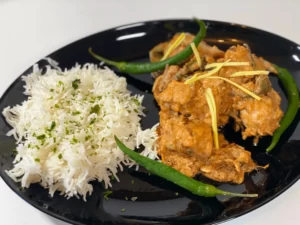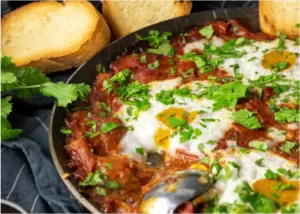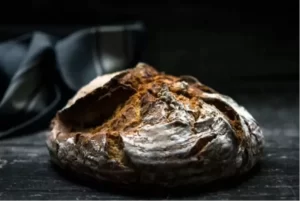Is the Ulster fry the best-cooked breakfast in the UK?
The nation’s favorite dish? The fry-up is one of the few dishes that can be found in every corner of the British Isles. The full English, full Scottish, full Welsh, and Ulster Fry all contain the usual suspects – bacon, eggs, and sausages but with regional variations.
It was in the Victorian era that the cooked breakfast first came into its own. Isabella Beeton in her Book of Household Management wrote about a huge array of foods from bacon and eggs to mutton chops and broiled fish that could be served at the morning meal. However, the traditional fry-up that we are now familiar with arguably owes much of its existence to the rise in tourism around the British Isles in the 1960s.
While researching a book a few years ago I traveled around England, Scotland, Wales, and Northern Ireland sampling over one hundred different fry-ups. Some were exceptional, some were downright odd and some were horrible. But my favorite of the many I enjoyed and sometimes endured was the Ulster fry. Arguably the ‘one plus ultra’ of the breakfast world, it’s so revered in Northern Ireland that in a poll to find the region’s favorite dish it came out top. Along with bacon, sausages, eggs, and tomatoes, it has the added glories of soda farls and potato bread. In my opinion when prepared well it firmly trounces its English, Scottish and Welsh rivals.
The glories of soda farls and potato bread
The bread is what makes the Ulster fry unique: Although not invented there, soda bread has arguably become most closely associated with Ireland than any other place.
With relatively few ingredients (flour, salt, buttermilk, and bicarbonate of soda) and very simple to make, different versions of this bread can be found all over the island both north and south. But it is its inclusion in the traditional Ulster Fry that has helped the soda farl (which literally means fourths) attain near-legendary status in Northern Ireland. Readily available in shops, supermarkets, and bakeries all over the north, the farl is sliced cross-ways with its cut side facing down into the pan and fry until crisp and golden.
Another delicious ingredient in the Ulster Fry is potato bread, which is made with cooked potatoes, flour, baking powder, and buttermilk and is also traditionally cut into quarters and cooked on a griddle. A dense and earthy flatbread – the perfect specimen should be golden and crisp on the outside and soft and fluffy on the inside.
Controversial extras
The great Ulster fry debate: There is much discussion in Northern Ireland about what can and cannot be included in the Ulster fry.
In fact, in recent years as people have become more health-conscious and dietary aware there has even been a shift towards – much to the horror of traditionalists – grilling and not frying. But it should be noted that these traditionalists, as a general rule of thumb, will only consider ingredients that can be fried in lard – automatically ruling out baked beans – for many an increasingly popular inclusion.
Although considered a southern Irish breakfast delicacy, black and white pudding is often listed as an ingredient of many Ulster fries in homes and cafes across Northern Ireland. Mushrooms, a staple of the full English are also considered by many to be de rigueur.
A pancake similar to the Scotch variety and particular to Northern Ireland often ups the bread count and can be found nestled in among the soda farls and potato bread. But it is other members of the potato family that seem to cause the most consternation when offered with the Ulster Fry. Chips, although considered a no-no by traditionalists, are often begrudgingly tolerated. Their greatest ire is reserved for hash browns, the American version of bubble and squeak that is considered an abomination when served upon an ‘-Ulster Fry-‘ plate.
Find More Recipe: The Lunch Food









